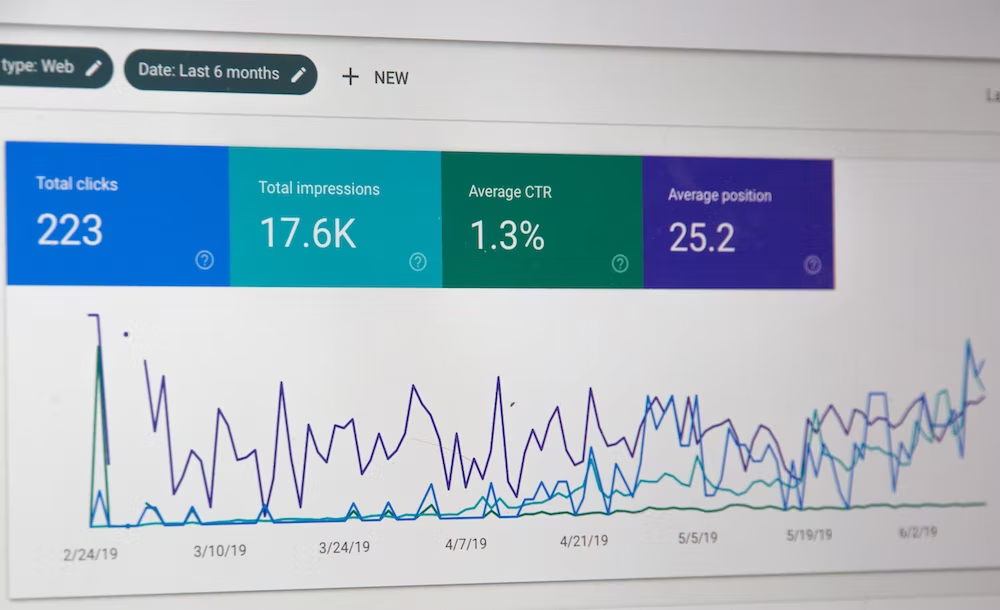Most businesses understand the importance of SEO for generating leads and traction, but they’re unlikely to know its different components. On-page SEO activities are more tangible because companies can see the activities performed to help their website rank higher in search engine rankings, like keyword optimization, the inclusion of meta descriptions, and the use of meta titles. However, marketers emphasize the need for perfecting off-page SEO, and rightfully so, because it’s equally important.
You might often inquire about your on-page SEO results and activities, but you are less likely to delve into off-page reports and metrics. It’s not unexpected because off-page SEO activities aren’t visible to clients.
Off-page activities are arguably the most crucial and challenging part of SEO. The simplest definition for off-page SEO is that it focuses on acquiring backlinks from trusted domains, which helps Google and other search engines crawl a client’s website more easily. Search engines are also more likely to rank them higher in search engine rankings.
Google’s Quality Rater Guidelines show that the search engine relies heavily on a website’s off-site reputation to determine if the website can be displayed in search engine rankings as a trustworthy source.
Google refers to this as reputation research. Reputation research involves looking at a website’s online reviews and assessing whether it has received recommendations from expert sources. Google also checks if a website has received a link from a well-known news website or received a citation in a Wikipedia article.
Managing off-page SEO is challenging. Partnering with our agency can benefit you, helping you achieve your marketing objectives with some assistance.
The Difference Between On-Page And Off-Page SEO
On-page SEO focuses on optimizing a website to make it easier for search engines to crawl and understand it, which helps boost the website’s position in the search engine rankings. It involves using internal linking, utilizing meta titles, writing meta descriptions, and editing for content clarity.
On-page SEO ranking factors focus on whether a web page is relevant for search engines to crawl when a user searches for a specific phrase or keyword. As a result, they’re also considered stronger signals than off-page SEO factors.
However, your on-page SEO efforts aren’t worthwhile without the right off-page SEO approach. Search engines need help when discovering pages and understanding their content. That’s where these off-page activities prove essential.
Why Is Off-Page SEO Important?
Let’s assume you have a client who approaches you for assistance with their SEO efforts. The client is worried they’re not ranking well in search engine rankings and believes it’s one of the primary reasons they’re missing out on customers.
Your agency audits the client’s website. It turns out that your client’s website doesn’t have citations from other websites. As a result, Google and other search engines ignore your client’s website, neglecting to crawl and index it.
This example illustrates a problem you can only resolve with off-page SEO activities. Many marketers often fall into the trap of accumulating as many backlinks as possible, compromising quality for quantity.
Become A Data Source
Research shows that 7.5 million blog posts are published daily. Content creators and authors are always looking for ways to make their blog posts, articles, and other written content more appealing. Companies also operate similarly. If you’re looking to make a blog post more engaging, you’ll need to either appeal to people’s logic or emotions. If opting for the former, you’ll need to use statistics, facts, and figures. Since millions of blog posts are created daily, you have the perfect opportunity to use this to your advantage. 7.5 million daily published blog posts mean 7.5 million opportunities to acquire links to your client’s website.
Let’s assume your client operates in the handcrafted wooden furniture industry, and over 100,000 blog posts covering the industry are published daily. These blog posts will need statistics. Becoming a data source can help your client get more links because people will link to the website as a source for their arguments.
You’ll want to research competitor websites and examine topic areas that content creators within your client’s industry regularly cover. For instance, content creators might often use statistics for how much wood is used in the handcrafted wooden furniture industry and the types of wood most commonly used. Consider creating a detailed list of statistics for these. It’ll help your client’s website gain more backlinks and authority as more people will link to these statistics to provide credibility to their articles and blogs.
Improve Your Site’s E-A-T
E-A-T is an abbreviation for expertise, authoritativeness, and trustworthiness. First mentioned in Google’s Search Quality Rater Guidelines, E-A-T has become a crucial factor for SEO.
E-A-T originated as a concept in 2014 in Google’s Search Quality Guidelines. The document was designed to provide an in-depth look into what Google considers high or low-quality content and help website owners, bloggers, and content creators understand how such content affects their website’s ranking.
Get Positive Reviews Online
Reviews matter for businesses. But they’re also important for websites because they affect your site’s E-A-T. Let’s assume your client runs a local business and wants to attract more visitors to their brick-and-mortar store. A localized SEO strategy would undoubtedly help. Similarly, reputation management would also help because it would allow your client to get more customers since people are more likely to visit a store with positive online reviews.
Reviews also affect your website’s E-A-T similarly. Google assesses how trusted sources view your website and if you’ve won any prestigious awards when ranking websites.
Audit Branded Searches
Auditing branded searches are also crucial for improving brand signals. Google uses brand signals to determine if your client’s website is legitimate and trustworthy.
Branded searches refer to how many people search for your client’s business name on Google. For instance, let’s assume you’re working on a marketing campaign for a local restaurant called Corleone’s Lasagna.
You’ll want to see how many people type your client’s restaurant name in Google’s search bar because it’ll help you understand how many impressions your client receives. The more impressions your client receives, the stronger their brand signals are to Google.
Tracking branded signals is straightforward. You can easily obtain this information through Google Search Console’s Performance Report.


